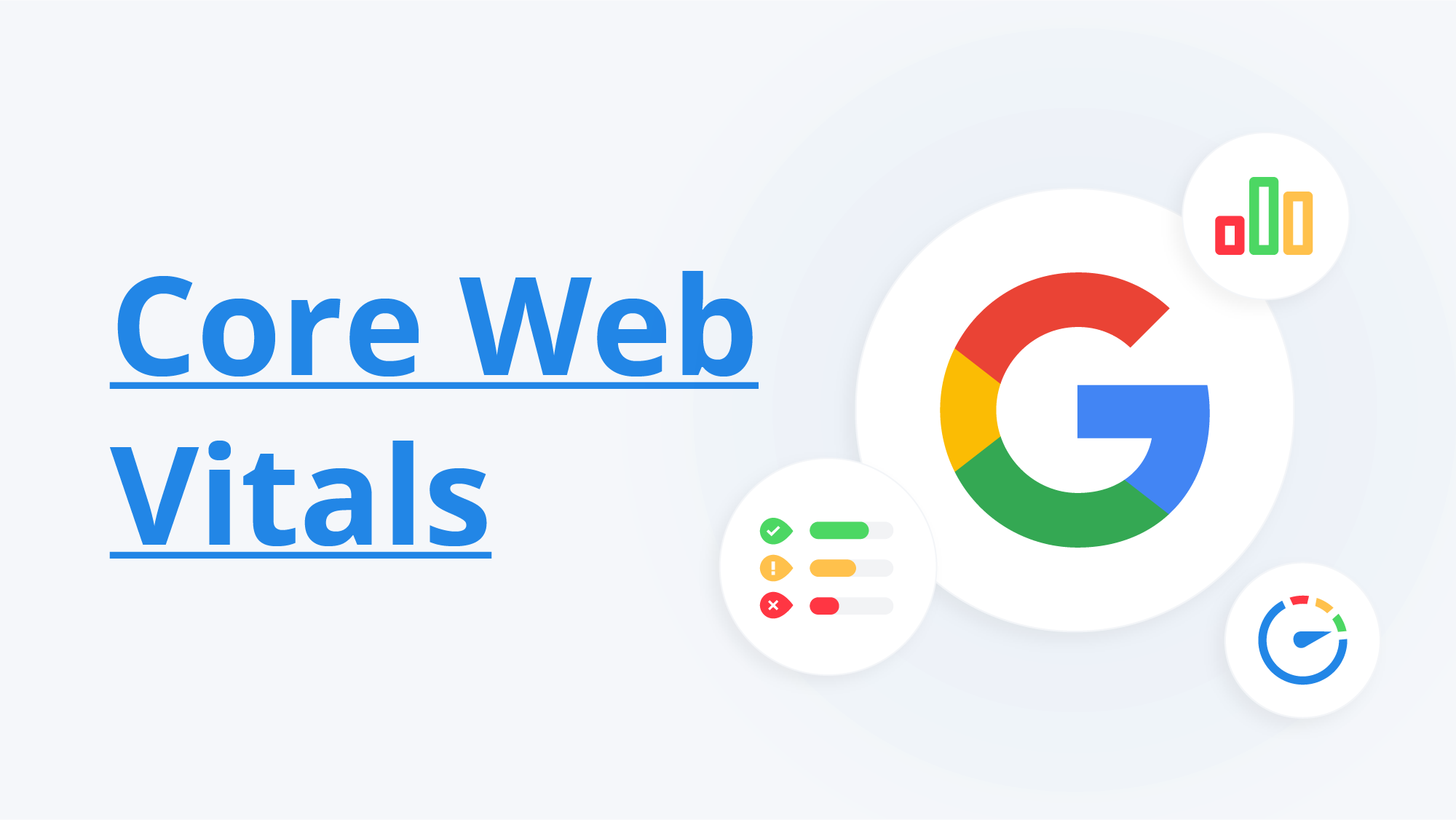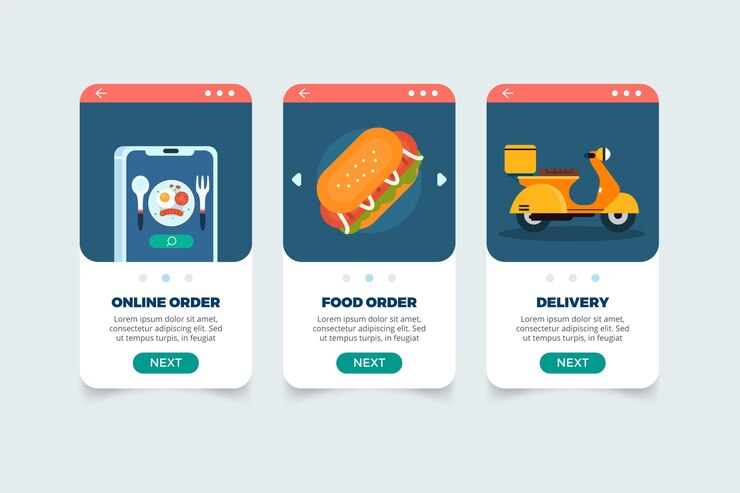Core Web Vitals (CWV) is a set of objective metrics used to measure the actual user experience that a business website provides to its customers.
Core Web Vital is a crucial component for e-commerce website optimization because it provides data-centric insights about the interactivity and stability of your page.
Largest Contentful Paint (LCP), First Input Delay (FID), and Visual Stability (CLS) are among the metrics that measure loading speed, interactivity, and visual stability.
Google prioritizes CWV in its search ranking algorithms, which makes a well-optimized website more likely to appear at the forefront of search results.
Read this blog to learn about the advantages and process of optimizing your business website for Google’s core web vitals.
Perks of Optimizing Core Web Vitals for Your Website
E-commerce website optimization includes a large number of strategies and tactis to keep your business site on top of SERP. Among other aspects, core web vitals are the crucial elements that every ecommerce SEO agency utilizes to enhance the overall structure and performance of your business website.
- Enhanced Conversion Rates: Streamlined loading times, responsive interactions, and a visually stable experience contribute to a more engaging shopping journey, ultimately leading to increased conversions.
- Improved Customer Satisfaction: A user-friendly website fosters brand loyalty and encourages repeat business. Satisfied customers are more likely to recommend your store to others.
- Reduced Bounce Rates: When users encounter a slow-loading or visually jarring website, they are more likely to abandon ship and seek out a competitor. Optimizing for CWV minimizes bounce rates and retains valuable website traffic.
A Framework for CWV Optimization:
E-commerce SEO agencies opt for a data-driven optimization strategy to achieve exceptional CWV scores and unlock the associated benefits.
Measurement and Analysis:
- Leveraging Google Search Console: This free tool from Google provides valuable insights into your website’s CWV performance. The Core Web Vitals report identifies specific pages with subpar scores, allowing you to prioritize optimization efforts.
- Utilizing Third-Party Tools: Tools like Google PageSpeed Insights and Lighthouse offer comprehensive performance reports, pinpointing specific areas for improvement.
LCP Optimization Strategies:
- Prioritization of Critical Resources: Determine which components, including product photos and core text, must load first. To enable quicker loading times for repeat users, use browser caching to store these items locally.
- Minimizing Render-Blocking JavaScript: Large JavaScript files can delay the rendering of your website’s content. Minification and deferral of non-critical JavaScript code ensures the main content loads first. Code-splitting techniques break down large scripts into smaller, more manageable chunks.
FID Optimization Strategies:
- Minimizing JavaScript Execution Time: Address large JavaScript files by minifying and deferring non-critical code. Explore code splitting to enhance responsiveness.
- Third-Party Script Evaluation: Examine the need for third-party scripts such as analytics trackers and social networking widgets. Investigate concurrent loading techniques if thought necessary to prevent page interaction delays.
- Server Infrastructure Upgrade: A slow server can cause performance issues for your website. For quicker response times, think about changing your hosting package or refining the server settings.
CLS Optimization Strategies:
- Specifying Image and Embed Dimensions: Predefine the dimensions of embedded items and pictures to avoid layout adjustments when the page loads. As a result, the page won’t need to dynamically change to fit unforeseen proportions.
- Asynchronous Loading of Non-Critical Content: Give priority to loading important content, such as product details and essential features. Use lazy loading to delay material that isn’t necessary, such as social media feeds or product slideshows, until the user scrolls down to see them.
- Minimizing DOM Manipulation: Extensive manipulation of the Document Object Model (DOM) can trigger layout shifts. Optimize the code to reduce the amount of DOM manipulation required for content updates.
Optimizing Your eCommerce Site for Stellar Core Web Vitals
Having established the crucial role of core web vital in your eCommerce success, let’s explore actionable strategies to optimize your website for exceptional performance:
Image Optimization: The Cornerstone of Performance
Image optimization is the foundation of your website’s performance. It includes suitable compression, next-generation image format, and different dimensions as well.
- Image Compression: Use industry-standard technologies such as TinyPNG or ShortPixel to reduce the size of your photographs without compromising on quality. This speeds up loading times and drastically minimizes file sizes.
- Next-Generation Image Formats: Consider adopting WebP, which is a format that offers superior compression compared to JPEGs while retaining comparable image quality. This can lead to faster page loads without compromising visual appeal.
- Responsive Images: Use responsive design principles to guarantee that graphics adapt to various screen sizes automatically. This enhances the mobile experience by preventing pointless downloads on mobile devices.
- Image Dimensions: Give the dimensions of the image in your HTML code. This helps to ensure a visually stable experience by eliminating layout shifts and allowing the browser to allocate the proper space during page load.
Prioritizing Above-the-Fold Content for a Fast First Impression
Above the fold refers to revealing only half of the content and creating an attractive pitch so that customers can click on your website and have a look.
- Focus on the Critical Rendering Path: Prioritize loading resources that avoid hindering rendering, such as CSS and JavaScript, so that users can view the material that appears above the fold first. This guarantees a quicker first-page load and an improved first impression.
- Leverage Browser Caching: Enable browser caching to save frequently visited content locally on user devices, such as photos and scripts. It improves your user experience with the substantial acceleration of subsequent page loads for repeat users.
Leveraging Performance Optimization Tools for Data-Driven Insights
You can check the performance of your website with certain tools that are mostly free and designed by Google only. These tools provide data-driven insights for your website and its ongoing structure.
- GTmetrix: Using a waterfall chart to identify performance bottlenecks, this all-inclusive tool evaluates the speed of your website. Use GTmetrix to identify certain performance problems and put focused solutions in place.
- WebPageTest: You can use this tool to test the functionality of your website from different places all around the world. This guarantees a globally optimal experience by offering insightful information on the user experience across various regions.
- PageSpeed Insights: Google’s free tool gives you detailed suggestions for improving the performance of your website, along with insightful analysis. Make use of this tool to pinpoint areas that require optimization and monitor your progress over time.
Bottom Line
Core Web Vitals optimization is a continuous activity. Keep an eye on the functionality of your website, identify areas that need work, and put the above-mentioned tactics into practice. By prioritizing data-driven CWV optimization, e-commerce companies can build a seamless user experience that boosts conversions, increases customer satisfaction, and promotes long-term success.
Read Also: 10 Ways To Improve Your Technical SEO for E-commerce



